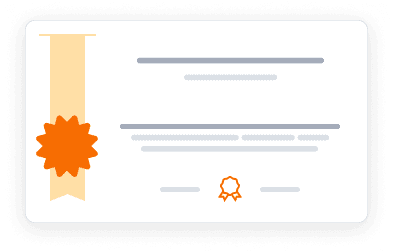This course is part of Large-Scale Database Systems.
This comprehensive course provides a solid foundation in distributed database systems, a critical component of modern data management infrastructures. Students will explore various distributed database architectures and learn to identify key challenges including transparency, data consistency, and scalability. The course begins with fundamental concepts and progresses to advanced partitioning techniques that optimize query performance. Participants will learn to translate SQL queries into relational algebra expressions for query optimization and understand the ANSI/SPARC database architecture. A significant portion of the curriculum focuses on horizontal and vertical partitioning strategies, teaching students when and how to implement these techniques based on specific query patterns. Through practical assignments and case studies, learners will develop skills to design efficient database solutions that address the complexities of distributed environments. The course balances theoretical knowledge with practical implementation, making it valuable for both students and professionals seeking to enhance their data management capabilities.
Instructors:
English
What you'll learn
Understand distributed database architectures and their key components
Identify transparency issues and challenges in distributed systems
Translate SQL queries into relational algebra expressions for optimization
Analyze when horizontal partitioning can enhance database performance
Implement horizontal partitioning strategies based on query patterns
Utilize derived horizontal fragmentation techniques effectively
Skills you'll gain
This course includes:
2.2 Hours PreRecorded video
9 assignments
Access on Mobile, Tablet, Desktop
FullTime access
Shareable certificate
Get a Completion Certificate
Share your certificate with prospective employers and your professional network on LinkedIn.
Created by
Provided by

Top companies offer this course to their employees
Top companies provide this course to enhance their employees' skills, ensuring they excel in handling complex projects and drive organizational success.





There are 4 modules in this course
This course provides a comprehensive introduction to distributed database systems, focusing on architecture, principles, and optimization techniques. Organized into four modules, it begins with foundational concepts and progresses to practical implementation strategies. Students first explore distributed database architectures, transparency issues, and the ANSI/SPARC model, learning to translate SQL queries into relational algebra expressions for optimization. The course then delves into horizontal partitioning, teaching a top-down process for identifying and implementing effective data fragmentation strategies based on query patterns. Finally, students master vertical partitioning techniques, including the Bond Energy Algorithm and clustering methods for optimal attribute distribution. Throughout the course, theoretical concepts are reinforced through practical assignments, readings, and self-reflective exercises that develop both technical understanding and practical application skills.
Course Introduction
Module 1 · 10 Minutes to complete
Introduction to Distributed Database System
Module 2 · 8 Hours to complete
Horizontal Partitioning
Module 3 · 4 Hours to complete
Vertical Partitioning
Module 4 · 4 Hours to complete
Fee Structure
Individual course purchase is not available - to enroll in this course with a certificate, you need to purchase the complete Professional Certificate Course. For enrollment and detailed fee structure, visit the following: Large-Scale Database Systems
Instructor
Expert in Distributed Database Systems and Large-Scale Computing
David Silberberg is a distinguished instructor at Johns Hopkins University, specializing in large-scale database systems and distributed computing. He holds a Ph.D. in Computer Science from the University of Maryland and both Master's and Bachelor's degrees in Computer Science from the Massachusetts Institute of Technology. Dr. Silberberg serves as a Principal Professional Staff member at the Johns Hopkins University Applied Physics Laboratory (APL) and is the Research Director of the Johns Hopkins Institute for Assured Autonomy. Dr. Silberberg's expertise spans various areas of computer science, including AI and machine learning algorithms, graph analytics, distributed and large-scale architectures, intelligent access to distributed and heterogeneous database systems, and semantic graph query languages. He is the instructor for the "Large-Scale Database Systems Specialization" on Coursera, which covers advanced topics in distributed database systems, cloud computing, data reliability, and machine learning for large-scale data solutions.
Testimonials
Testimonials and success stories are a testament to the quality of this program and its impact on your career and learning journey. Be the first to help others make an informed decision by sharing your review of the course.
Frequently asked questions
Below are some of the most commonly asked questions about this course. We aim to provide clear and concise answers to help you better understand the course content, structure, and any other relevant information. If you have any additional questions or if your question is not listed here, please don't hesitate to reach out to our support team for further assistance.



